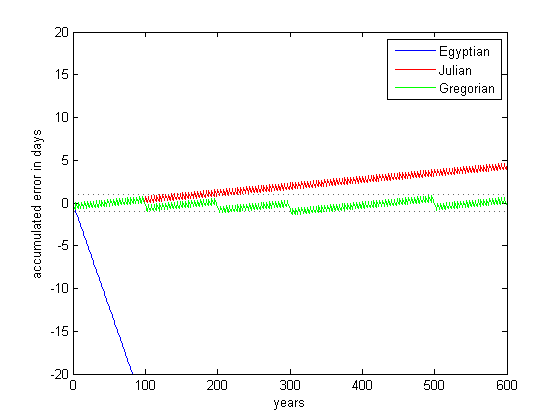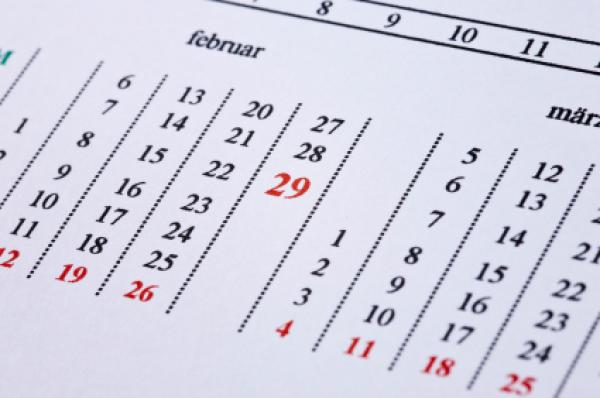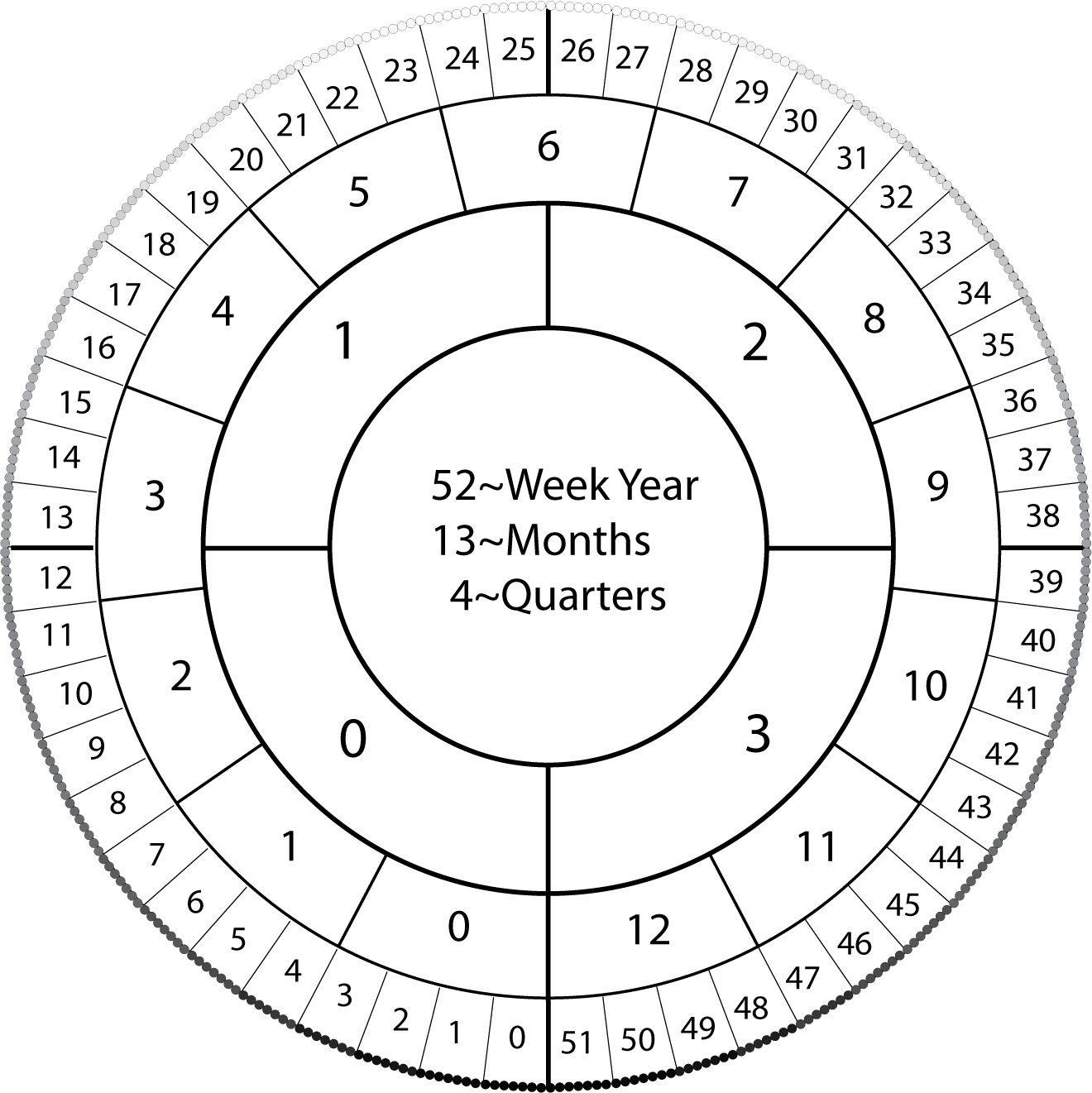Difference between Julian and Gregorian calendar

Looking at the differences between the two calendars, one can clearly tell that the Gregorian calendar was formed through the Julian version. Moreover, the differences made were not major, which means that most of the months and dates are from the old Roman calendar.
The biggest difference between the two calendars is that the Gregorian version is more popular. It was earlier rejected by Russia but people all over the world have no issues with it and use it regularly.
Furthermore, there is no additional month in the Gregorian version whereas an extra month of Mercedonius, was often a part of the Julian calendar.
Instructions
-
1
Gregorian calendar
The calendar used by people all over the world is the Gregorian calendar but most people are unaware of its name. Despite that, they continue using it in offices, homes and even in their electronic gadgets such as mobile phones.
This calendar was introduced to the world in 1582 and is also known to be the western calendar. The person, who was the architect of this accurate measurement of date and time according to the solar system, was Pope Gregory XIII. The calendar was named after him, but most people don’t bother to find this out.
There are 365 days in a regular Gregorian calendar, but one additional day is added in a leap year, which normally occurs every four years. Overall, the year consists of 12 months which are January, February, March, April, May, June, July, August, September, October, November and December.
Other than February, all of the months consist of either 30 or 31 days. During the second month of the year, there are only 28 days normally and 29 in a leap year.
Image Courtesy: timeanddate.com

-
2
Julian calendar
Before the Gregorian calendar was introduced, peopled used to follow the Julian calendar, as it was considered to be quite accurate. It was a reformation of the Roman calendar, which was introduced by Julius Caesar in 46 BC.
Although this calendar was almost identical to the Gregorian calendar, but there were some flaws in it, which resulted in a gain of three days in every four centuries.
Just like the Gregorian calendar, the normal Julian calendar also consisted of 12 months. However, there was one month added sometimes, which made the year long. The names of these months were Ianuarius, Februarius, Mercedonius/Intercalaris, Martius, Aprilis, Maius, Iunius, Quintilis, Sextilis, September, October, November and December.
Image Courtesy: theabysmal.wordpress.com








